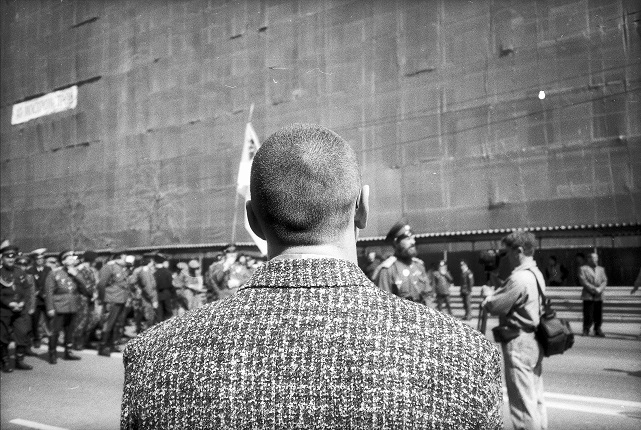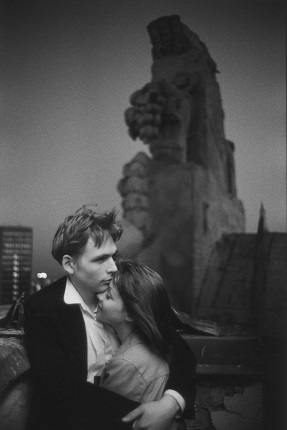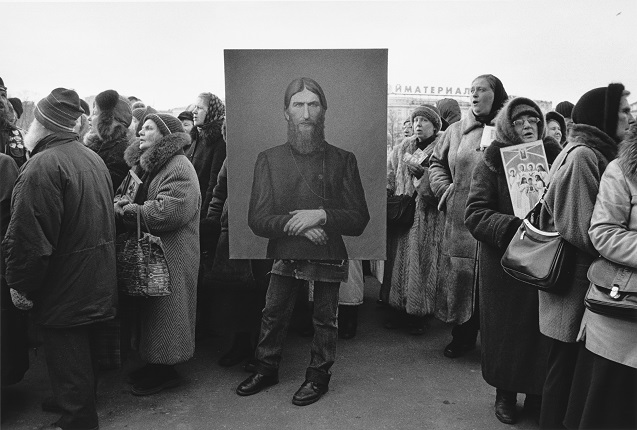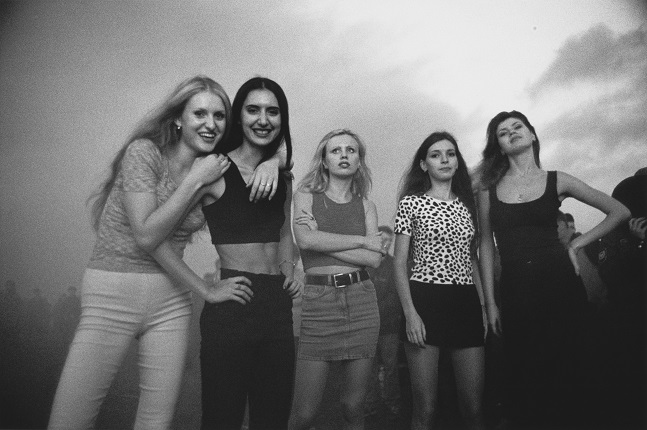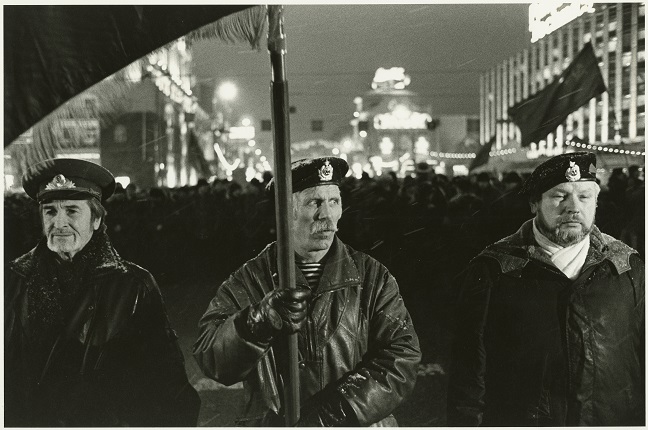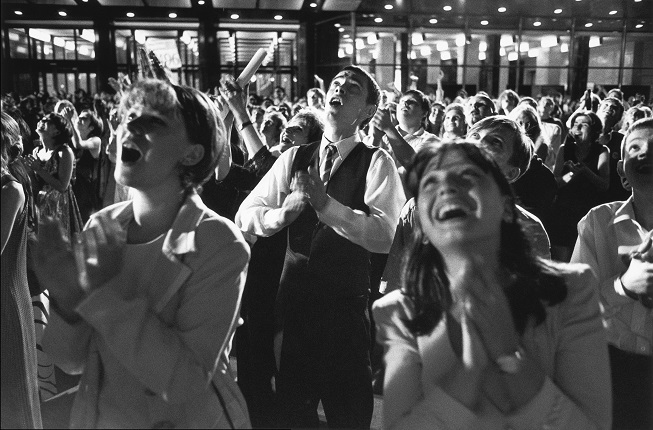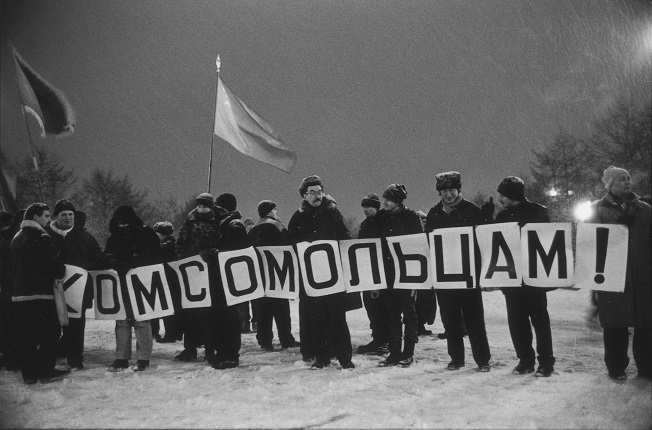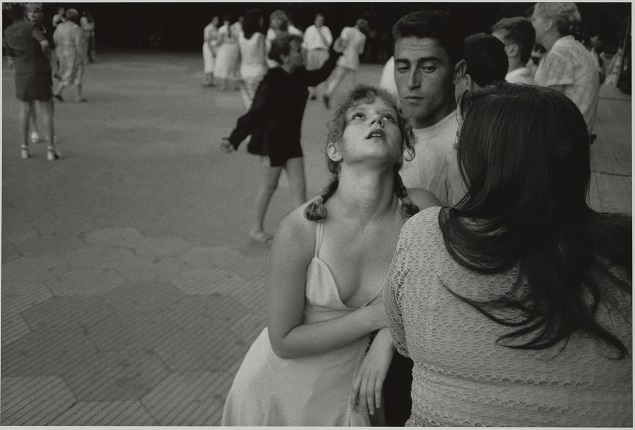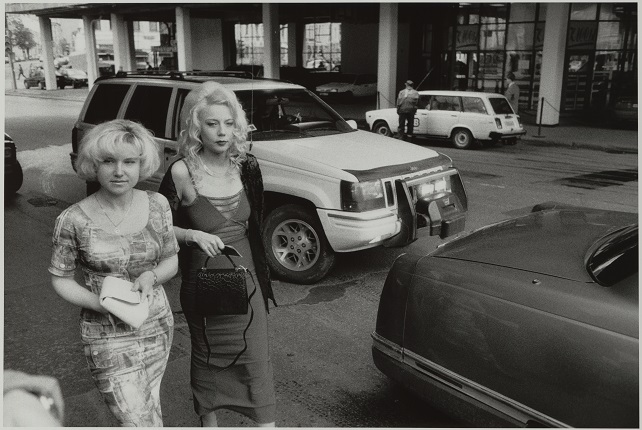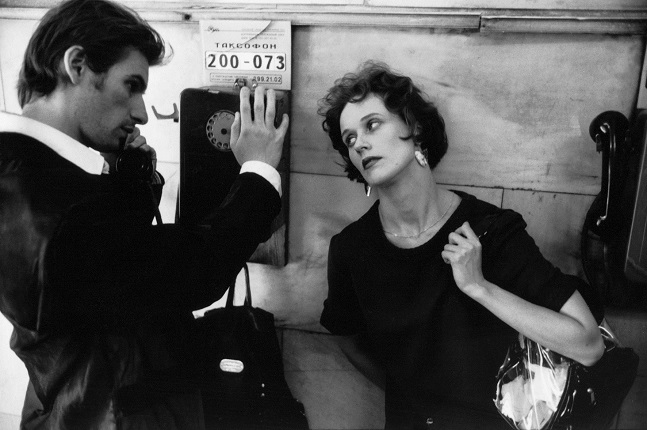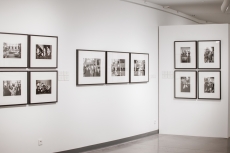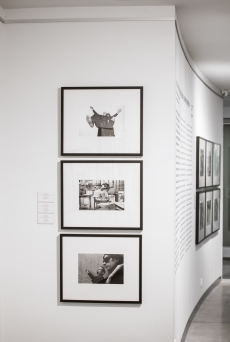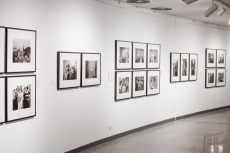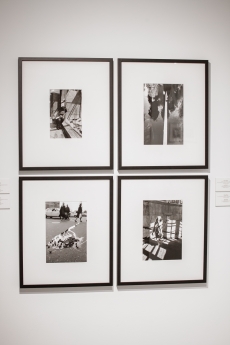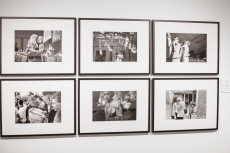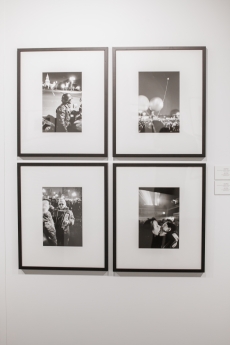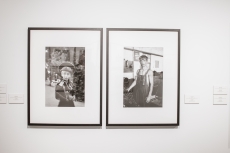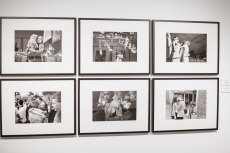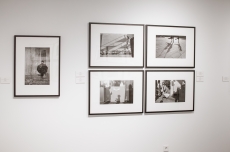Our 1990s. A Time of Changes
Share with friends
For the press
Igor Mukhin
Our 1990s. A Time of Changes
The Multimedia Art Museum, Moscow, with the Yeltsin Centre, presents an exhibition by Igor Mukhin, one of the most outstanding and influential contemporary Russian photographers, a friend and collaborator of MAMM for many years.
Igor Mukhin began his creative career in the mid-1980s, when the Soviet underground first emerged on the surface of Russian artistic life. Perestroika was a catalyst in Russia for the birth of a new generation of artists that became true stars of Russian and world art.
The dictates of Soviet ideological and aesthetic canons were now a thing of the past and, once freed from its pressure, photographers enthusiastically focused on the intensity of real life. Mukhin followed his own instincts: he found himself in a temporary lacuna between the ideological commissions of the Soviet era and the commercial undertakings of the market economy.
Igor Mukhin is not a chronicler in the literal sense of the word, and his photographs cannot serve as mere illustration for the course of political or social events. Here the leading role is played by the city and its everyday life. Politicians and other figures prominent in the headlines only appear in the lens because in the 1990s politics burst out on the street, where Mukhin was hunting for photographs. He never sought ‘hot news’. He documented far more subtle aspects, such as the new expressions on people’s faces or the new plasticity, new elements of the everyday landscape.
With the precision of the most sensitive seismograph, Mukhin detects signs of tectonic shifts taking place in society. Often it is he, ahead of the others, who intuitively guesses what will become really important and entail long-term consequences. His apparently ordinary subject matter acquires a symbolic meaning that is all the more obvious now, from a historical distance.
Happy kissing couples on the street photographed during the Chechen war years are the best illustration, enough to replace an entire treatise, of multi-layered life and the human capacity to live simultaneously in what appear to be different dimensions of time. Shots of Moscow dug up right and left symbolise an epoch when the life of the entire post-Soviet space was radically restructured.
The August coup of 1991 drew the final demarcation line between the Soviet era and the period when new economic and political relations were formed in Russia. Post-perestroika existence became a Babylonian hybrid of elements from the Soviet economy, Soviet aesthetics and Soviet mentality, combined with the new Russian reality spawned in throes of agony. Above all, this was the burden of the younger generation, the photographer’s main theme in the 1990s.
Igor Mukhin’s work is a comprehensive and striking reflection of the first decade of Russian capitalism. At this stage it acquires a meticulous refinement and the cinematic experience of time in a static frame. Mukhin sees the world without filters of critical or romantic realism. The new freedom and the inherent ability of the photographer to capture and concentrate the energy of the social space and the individual in his picture have allowed him to create the most uncompromising, vivid and internally dramatic image of Russia and its capital at the turn of the 20th and 21st centuries.

